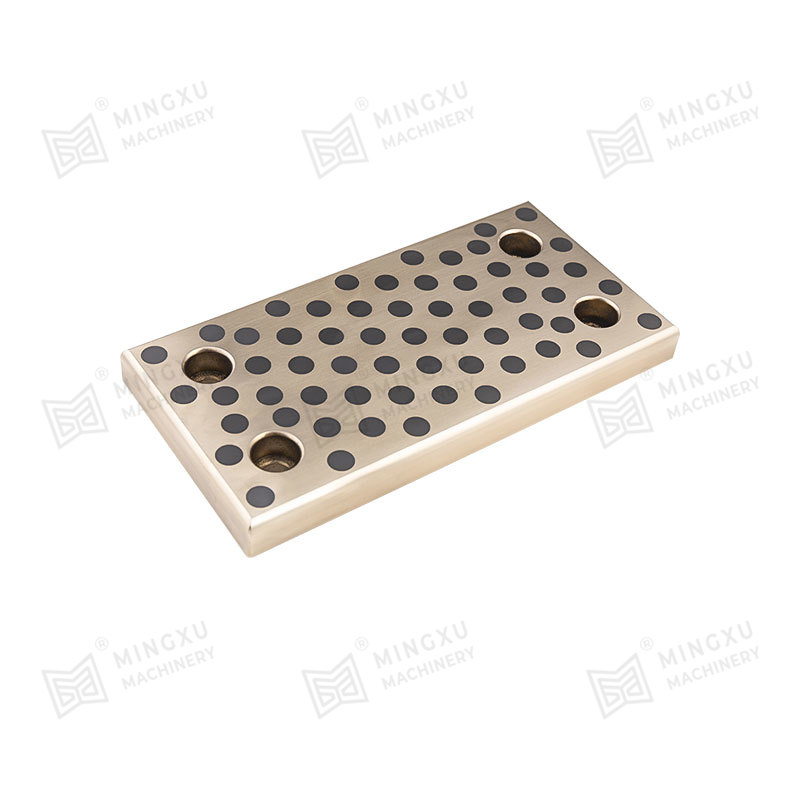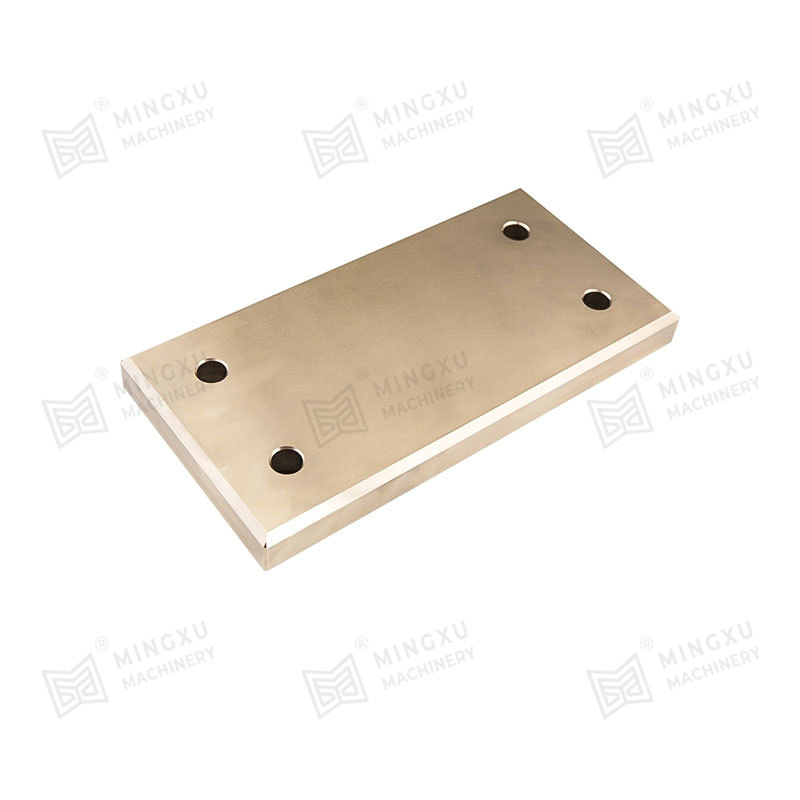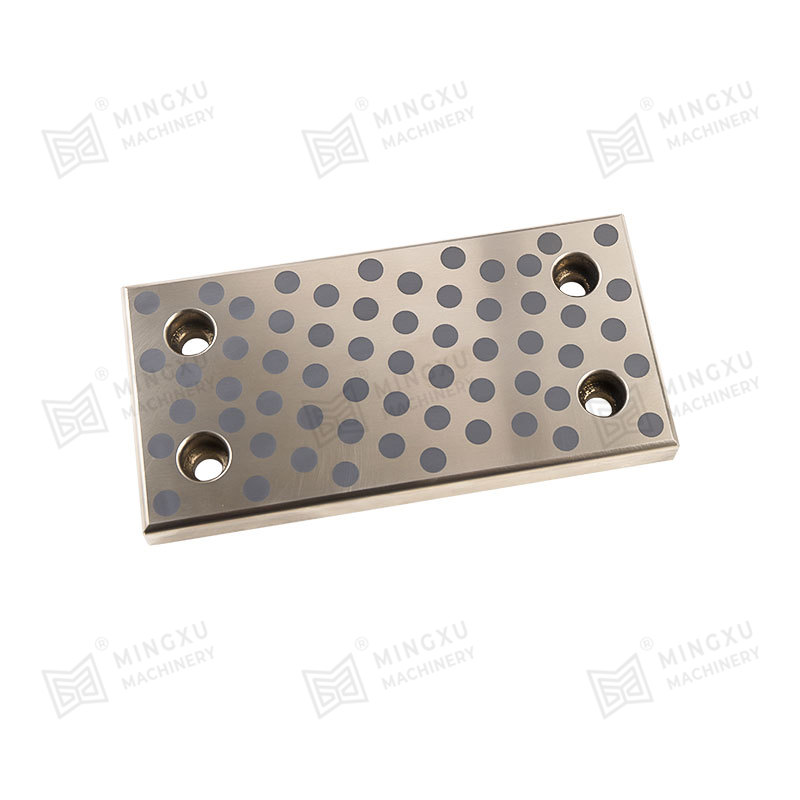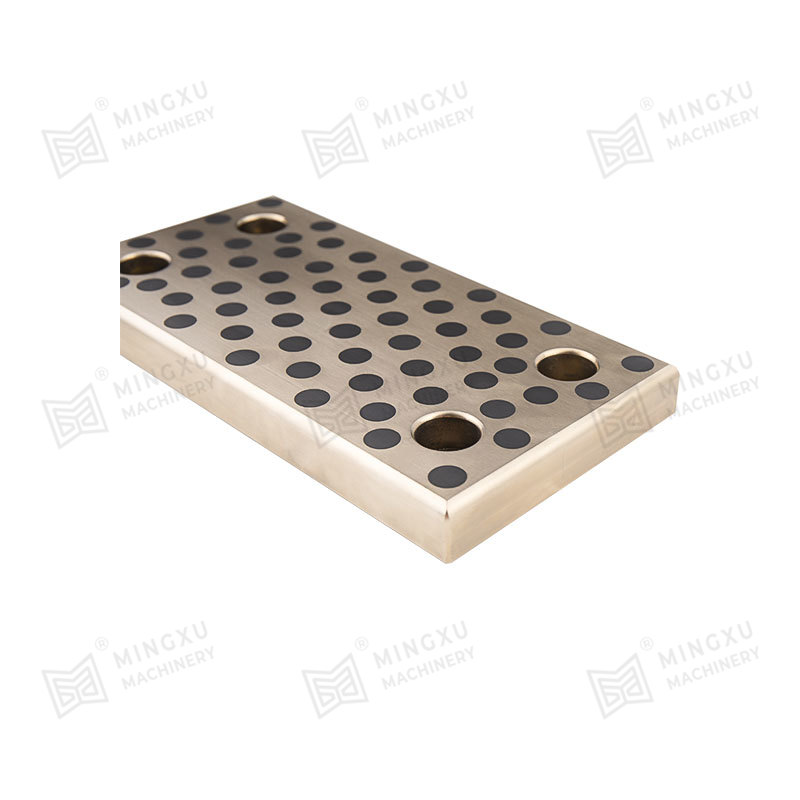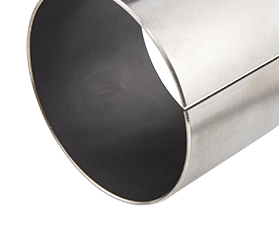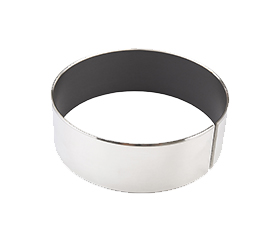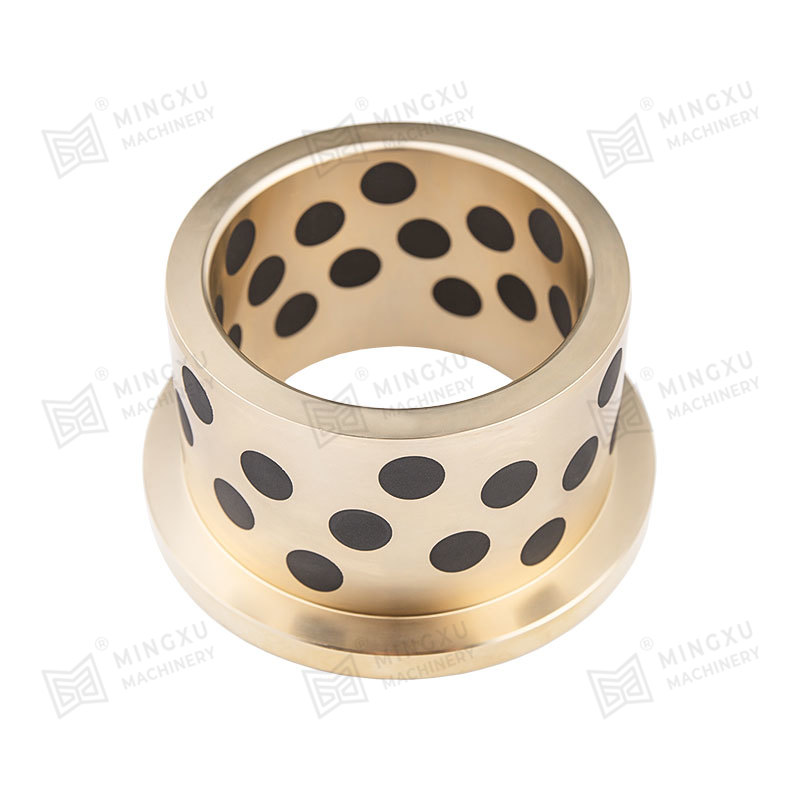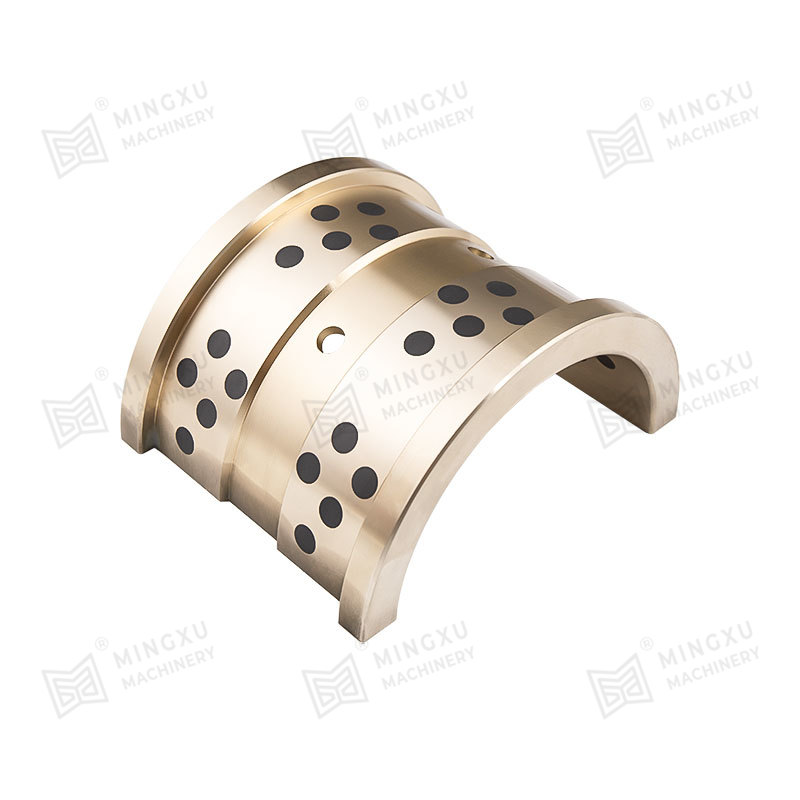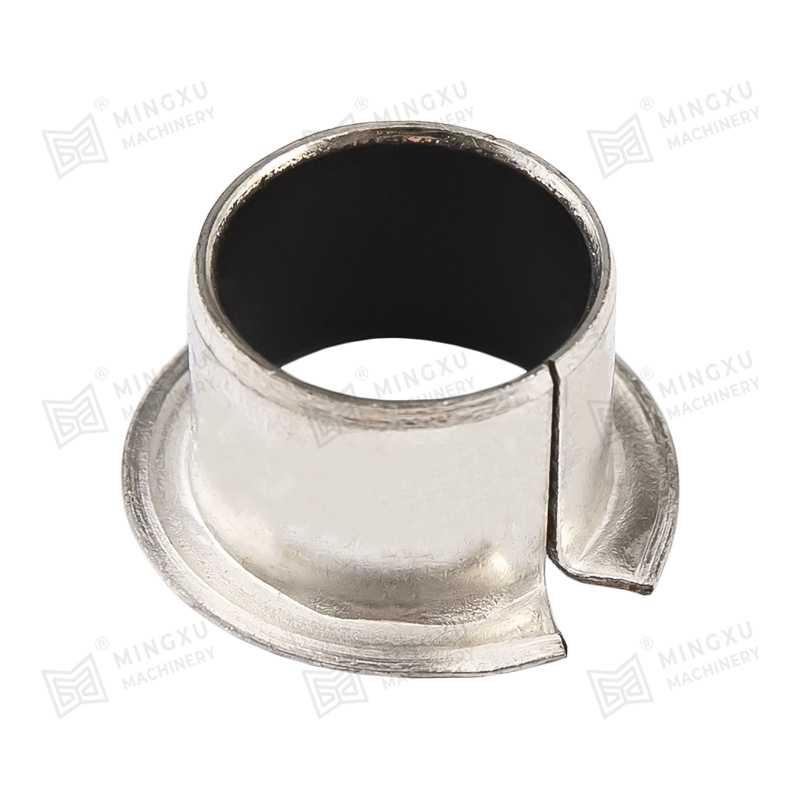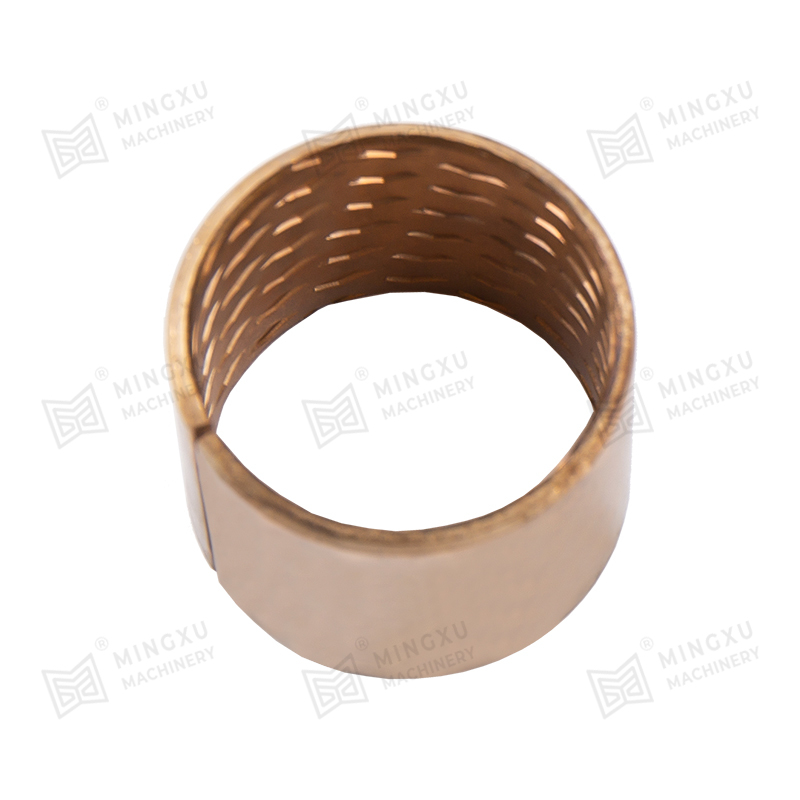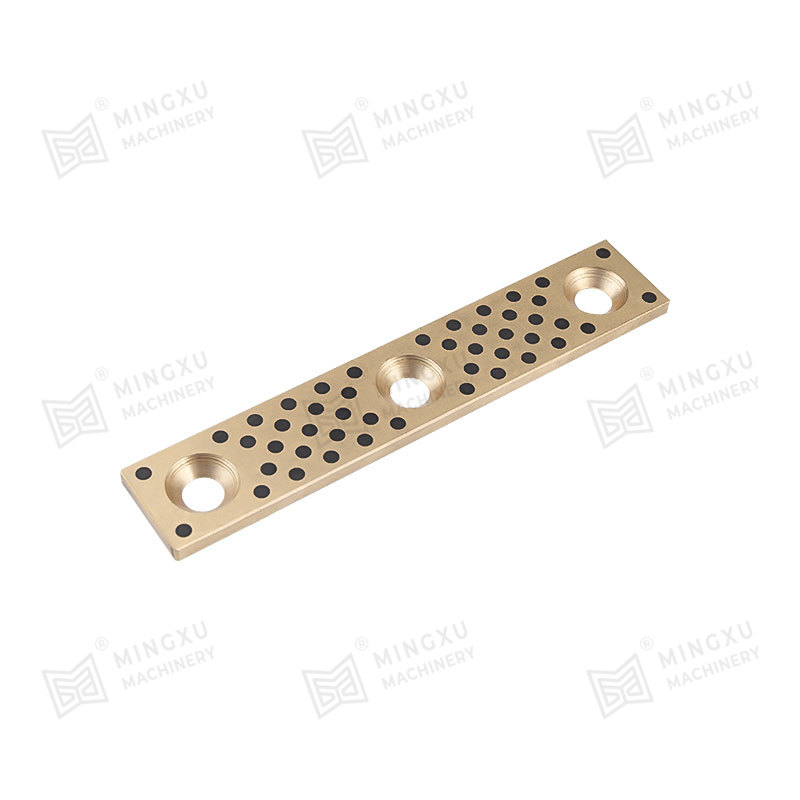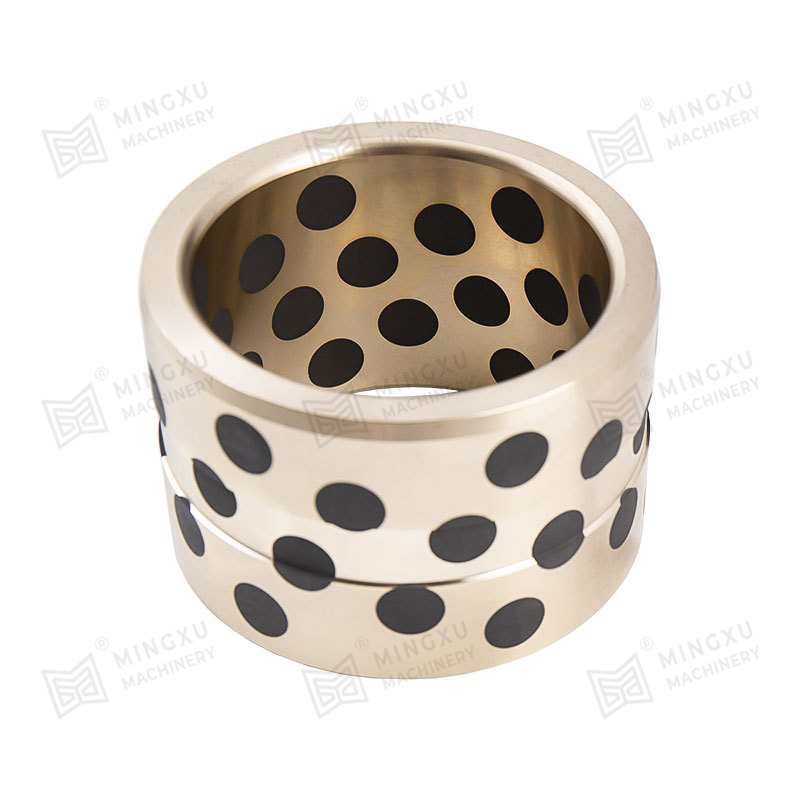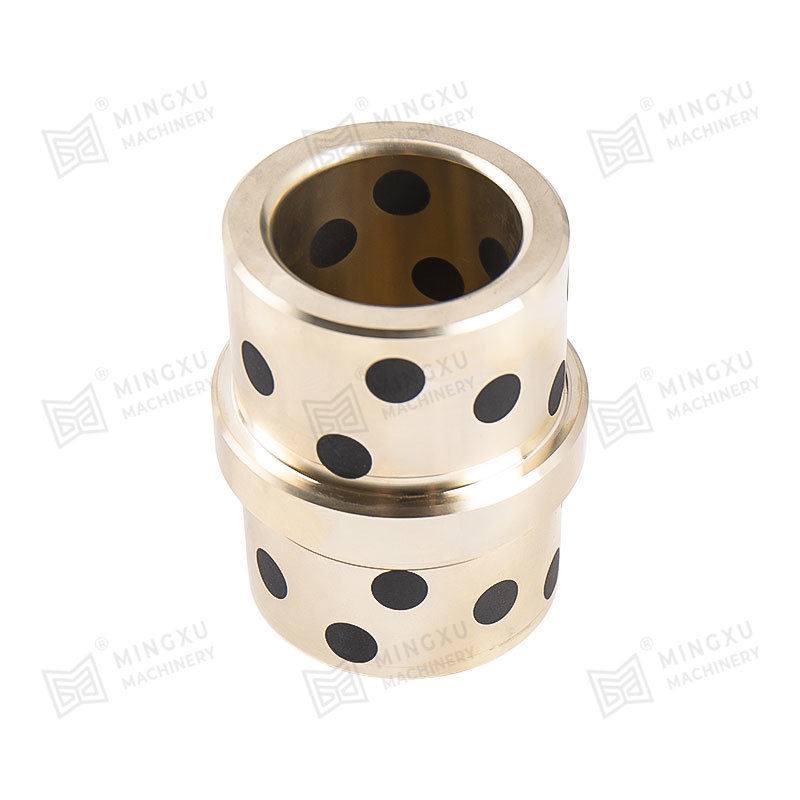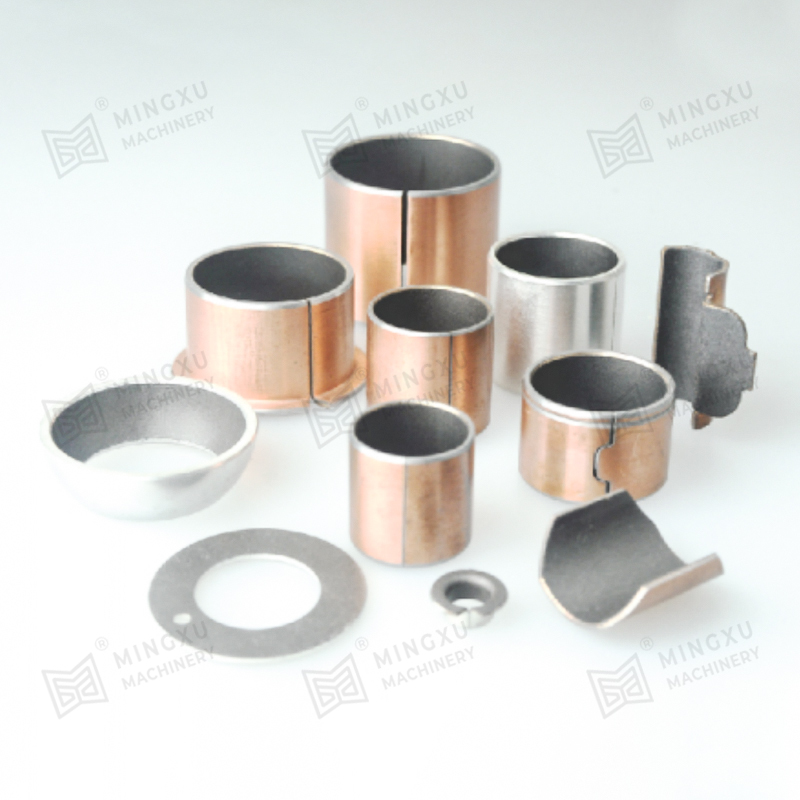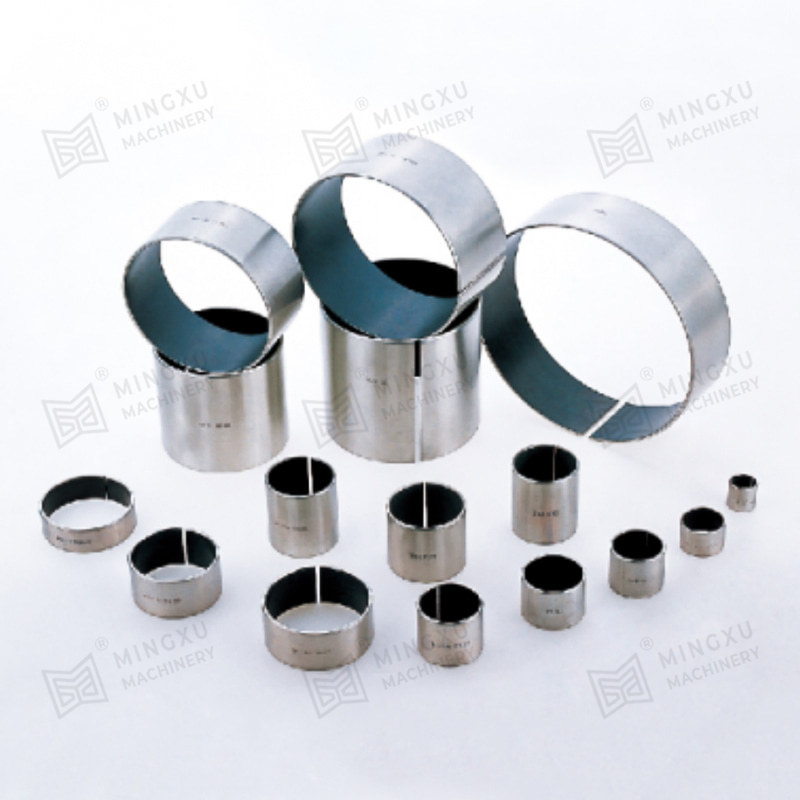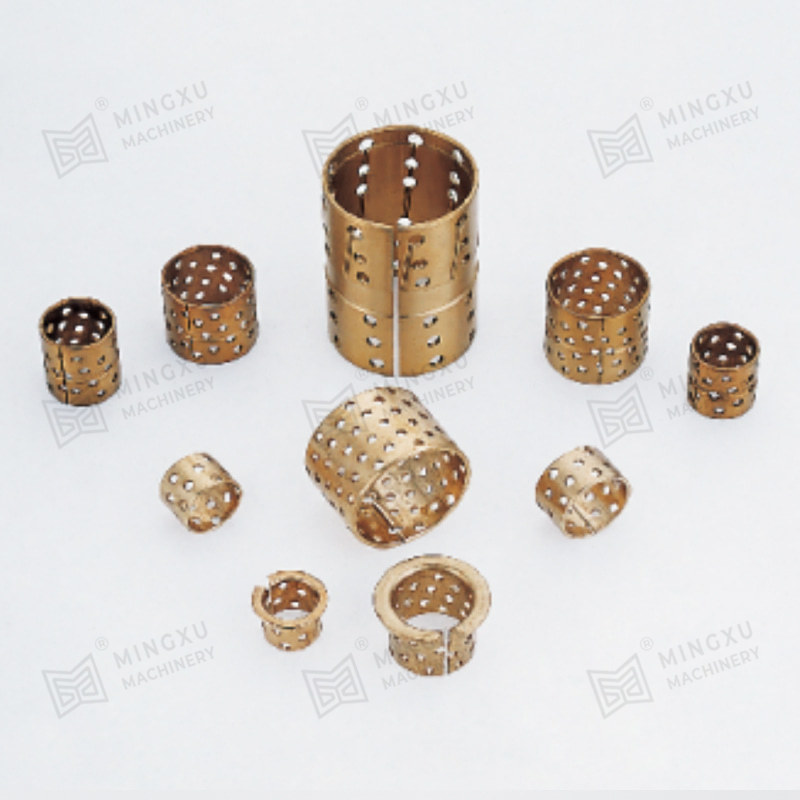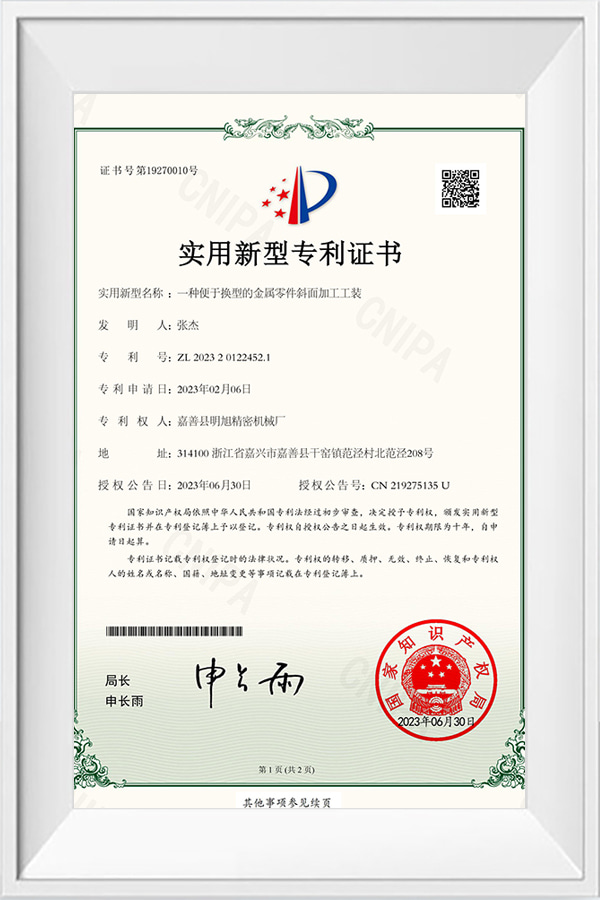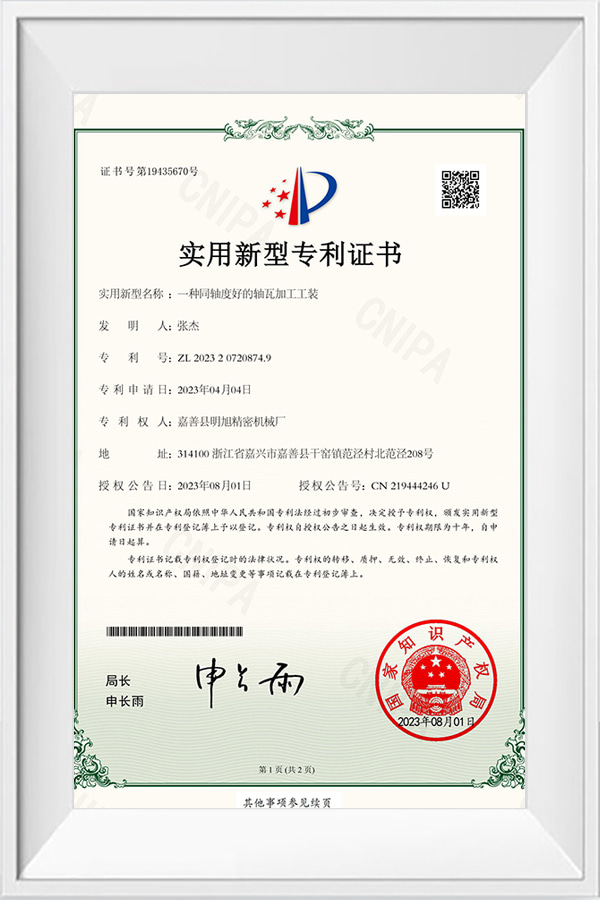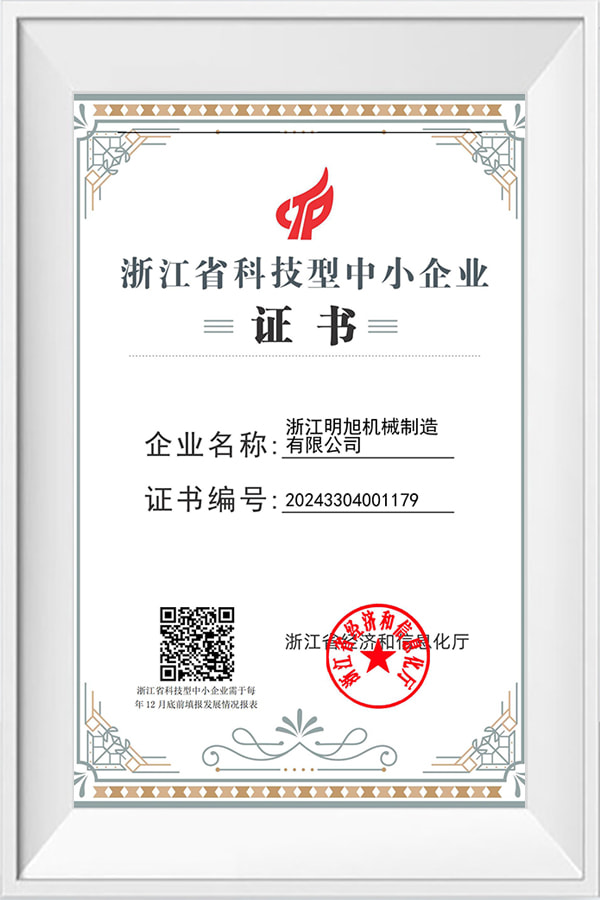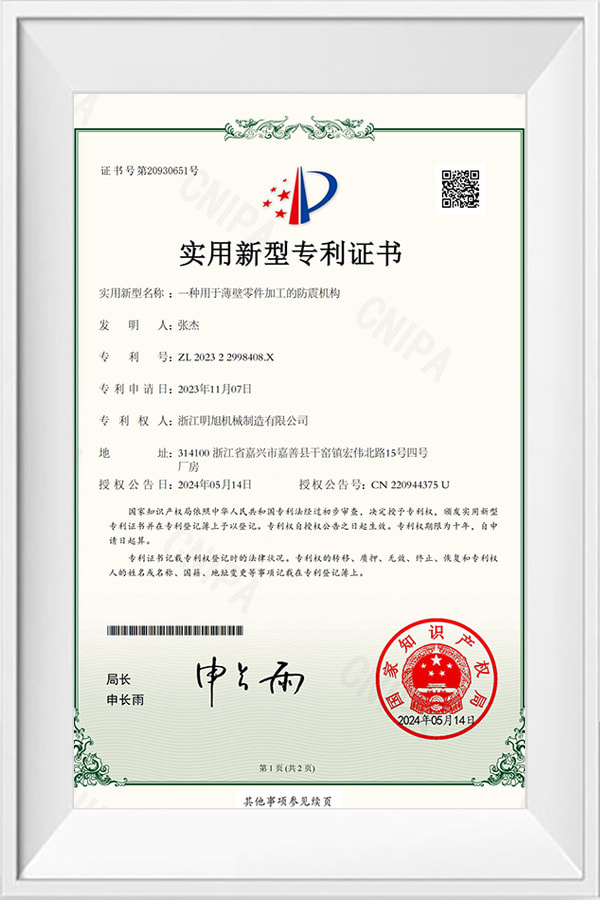MPW VDI3357 Standard Wear Plate is made by inlaying special solid lubricant in the appropriate position. The metal base material supports the load and has a lubricating effect due to the embedded solid lubricant. It can show good self-lubricating durability even under harsh conditions. It is most suitable for locations that must be lubricated frequently, locations with reciprocating motion or frequent starts and stops, and locations where it is difficult to form an oil film. It can be used in a self-lubricating state and does not require a refueling device. It can shorten the assembly period, reduce oil pollution and beautify the environment. good bite resistance. This wear plate is manufactured to meet the VDI3357 standard ensuring compatibility and reliable performance.
-
1 Can work for a long time under oil-free conditions.
-
2 More suitable for low-speed and heavy-load workingconditions, with good wear resistance and extremely low frict.
-
3 Suitable for situations where oil film is difficult to form, such as reciprocating, rotating and intermittent movements.
-
4 Resistant to corrosion and oxidation.
-
5 Maintenance-free and long service life.
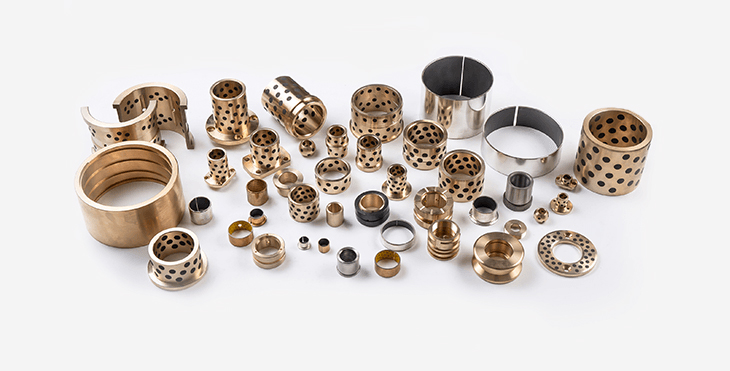
-
Reduce Manufacturing costs
There is no need for oil supply device, oil injection hole or oil groove processing, which can greatly save manufacturing costs.
-
Reduce Operating Costs
It greatly reduces the usage of lubricating oil, reduces equipment maintenance, and avoids hidden dangers caused by insufficient oil supply, effectively reducing operating costs.
-
Shorten Design Time
The oil-free design simplifies the product structure and effectively saves design time. We are professional ODM Suppliers of MPW VDI3357 Standard Wear Plate
-
Conducive To Environmental Protection
No waste oil recycling is required, which is also beneficial to environmental protection.
-
High Temperature
·Steel factory
·Smelting furnace
·Drying equipment
·Baking oven
·Heat controller
-
Water Proof
·Dam gate
·Water pump
·Fluid switch structure
·Offshore structures
·Dock and silt machine equipment
-
Chemical Industry
·Chemical factory
·Electroplating equipment
·Wastewater treatment equipment
·Dyeing machinery
·Oil and chemical refining equipment
-
Energy
·Wind power
·New energy
-
Ship
·Deck crane
·Anchor
·Hatch cover
·Rudder arm
·Lifting machinery and lifting ring equipment
-
Automobile Manufacturing
·Stamping mold
·Welding structure
·Painting and drying line
·Metal conveyor belt
·Machine tools
-
Heavy Industry
·Steel pipe factory machinery
·Tire and paper mills
·Power plant
·Connecting toggle of mold injection machinery
-
Construction, Mining, Loading
·Mixers, grinders, pulverizers
·Construction machinery
·Mining equipment
·Connecting rod bearings
-
Bridges and Lift Rails
·Bridge bearings
·Beams, bridges, suspension bridges
·Nuclear energy related reactors
·Steam generator




 English
English Español
Español